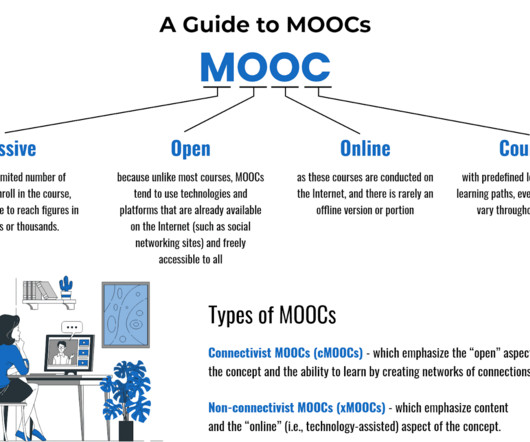Easing the Transition to Distance Learning
Magic EdTech
MARCH 16, 2020
In an effort to limit the spread, there is a transition to e-learning, including digital and distance learning options. Technology can be the answer to make sure that kids do not lose valuable time in the classroom, even if the learning is done outside of school.
















Let's personalize your content